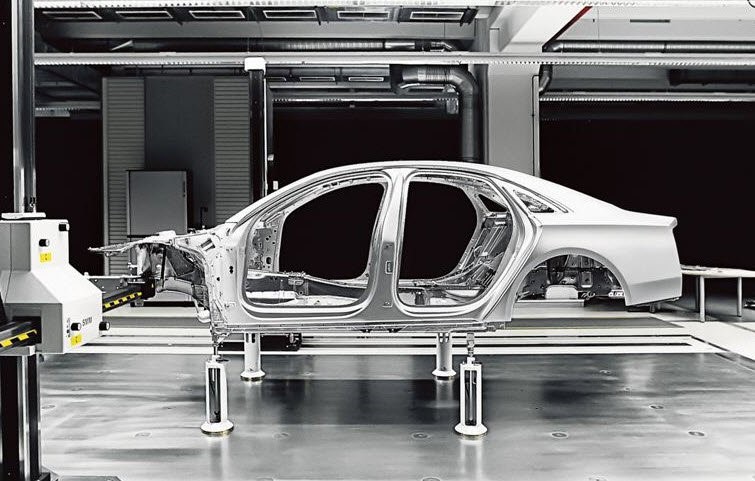

As India's economy aims to develop at 9% or more in the next years, one of the country's biggest challenges will be to rebalance its energy demands in favour of renewables by 2030, according to the Paris Agreement.

This is where the aluminium industry will play a bigger role than it has in the past. Aluminium consumption will expand at a CAGR of 10% or more due to rapid development in electric cars, renewables, contemporary infrastructure, energy efficient consumer products, and a higher reliance on critical industries such as aerospace and defence. For example, the amount of aluminium used in an EV battery is 40-50 percent higher than in a conventional ICE. Because it is three times lighter than steel, it improves fuel economy, making it an excellent alternative for electric vehicles.
The Indian aluminium sector, on the other hand, has been fighting to recover in the two years since the catastrophic Covid epidemic. The declining domestic producers market share, combined with significant cost escalation for primary producers due to a rise in input costs of critical raw materials, escalating ocean freights & logistics costs due to container shortages, the current coal crunch situation, and other factors, is limiting the industry's ability to support the country's future at a time when India cannot rely solely on import sources to fuel growth.
To provide assistance to the sector, the responsibility structure must be examined immediately. The basic customs tariff on aluminium and aluminium scrap differs from that on other non-ferrous metals such as zinc, lead, nickel, and tin, which is a significant disadvantage for local aluminium manufacturers. The industry anticipates a 15% rise in the basic customs tax or peak customs duty rate from the current 10%.
Primary aluminium now has a customs charge of 7.5 percent, downstream aluminium has a tariff of 7.5 percent to 10%, and aluminium scrap has a duty of only 2.5 percent. This is why, despite having large primary aluminium production and the potential to create adequate domestic scrap, India's scrap consumption is entirely reliant on imports. The best course of action is to raise the customs charge on aluminium srap from 2.5 to 10%.
Increased imports of aluminium scrap are posing a serious threat to the primary aluminium sector. Scrap accounted for 66 percent of total imports in FY-21, up from 52 percent in FY-16. resulting in a $2 billion forex loss (Rs 15,000 crore).
China's continued steps to restrict Scrap imports under the National Sword Policy are also harming the Indian sector, resulting in a higher flood of scrap into India. China put a 25% levy on aluminium scrap imports from the United States and placed it on a restricted import list beginning in July 2019, with the intention of banning all scrap and trash imports entirely by 2020. Following that, the percentage of imports from the United States in China's total aluminium scrap imports has decreased from 53% in 2017 to only 16% in 2019.
Due to Chinese restrictions, India has surpassed China as the world's top importer of aluminium scrap. As a consequence of the lack of quality or BIS requirements for scrap recycling, utilisation, and imports in India, the whole global scrap cycle has relocated to the nation.

Waste imports from the United States are a big danger, since the US is diverting a substantial volume of scrap to India, despite the fact that the EU and other industrialised nations have strict scrap regulations. The percentage of total junk imports from the United States climbed from 8% in FY16 to 24% in FY21. This perilous situation can be alleviated by protecting domestic industry against non-essential imports in the future union budget.
Responses








